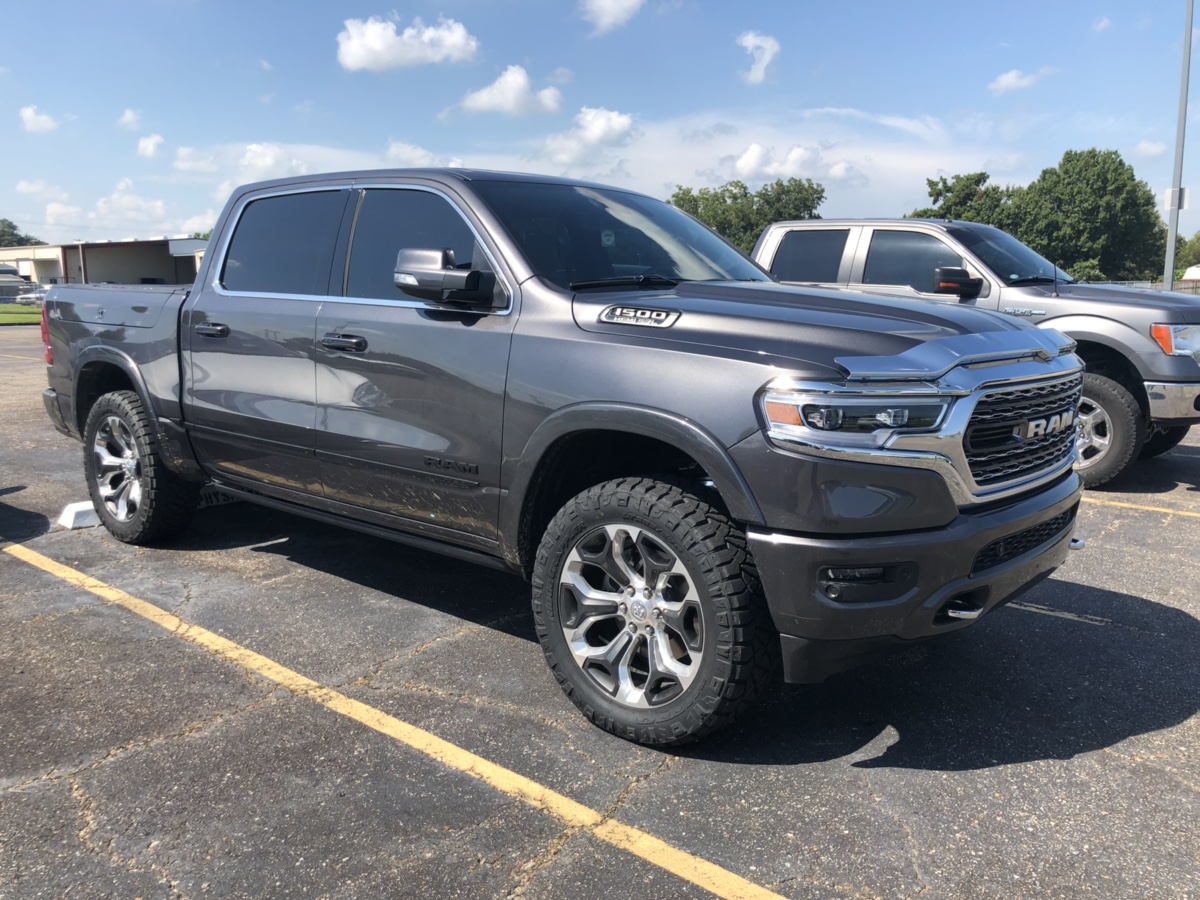I'll speak. I installed links a few weeks ago. Def rides firmer/rougher, even in Aero. Looks better though.Hi, can you share your impressions, how you like it the ride whit the new links, if there is any changes? . Thanks
5thGenRams Forums
You are using an out of date browser. It may not display this or other websites correctly.
You should upgrade or use an alternative browser.
You should upgrade or use an alternative browser.
4 Corner Air Suspension and Level?
- Thread starter CaliTex
- Start date
Also, there are a few threads out there that touch on the level for air suspension. Last week someone posted they added a level kit and links to an air suspension truck, so be sure to check out the deets here:
https://5thgenrams.com/community/threads/tire-wheel-dilemma-for-new-limited.2436/page-2
https://5thgenrams.com/community/threads/tire-wheel-dilemma-for-new-limited.2436/page-2
19 streak
Well-Known Member
- Joined
- Sep 19, 2018
- Messages
- 218
- Reaction score
- 193
- Points
- 43
- Age
- 40
Hi, can you share your impressions, how you like it the ride whit the new links, if there is any changes? . Thanks
I brought the front of my truck up 1 1/2 and lowered the rear 1/2 inch. To be honest there's very little ride difference that I've noticed and I drive roughly 250 miles a day. I know alot of guys are saying when they've brought the front up 2-2 1/2 inches that it rides much rougher. I'm happy with the ride i have now with the links
19 streak
Well-Known Member
- Joined
- Sep 19, 2018
- Messages
- 218
- Reaction score
- 193
- Points
- 43
- Age
- 40
How high did you bring the front up? I'm assuming the difference in ride that people are getting is because the different heights people are raising the front.I'll speak. I installed links a few weeks ago. Def rides firmer/rougher, even in Aero. Looks better though.
I brought the rear down slightly and the front up. I'm going to reduce the front more when it's not so friggin cold outside in MN.How high did you bring the front up? I'm assuming the difference in ride that people are getting is because the different heights people are raising the front.
IgorAfichuk
Member
Thanks a lot!!!I brought the front of my truck up 1 1/2 and lowered the rear 1/2 inch. To be honest there's very little ride difference that I've noticed and I drive roughly 250 miles a day. I know alot of guys are saying when they've brought the front up 2-2 1/2 inches that it rides much rougher. I'm happy with the ride i have now with the links
IgorAfichuk
Member
Thank YouAlso, there are a few threads out there that touch on the level for air suspension. Last week someone posted they added a level kit and links to an air suspension truck, so be sure to check out the deets here:
https://5thgenrams.com/community/threads/tire-wheel-dilemma-for-new-limited.2436/page-2
Woodard1983
New Member
- Joined
- Mar 1, 2019
- Messages
- 1
- Reaction score
- 0
- Points
- 1
- Age
- 42
Brand new member and completely new to his so have a couple of dumb questions. What are the “links” that everyone is referring to when leveling their trucks. Second question, the guy at the ram dealership told me that the leveling kit they have only works for non-air ride equipped trucks and that no one makes one for the 19’s yet. Is this true? I would sort of like to add 2-3 inches of ride height through leveling or a suspension lift kit, but through all of the time I’ve searched I’ve inly been able to find a 5” lift kit by rough country. Nothing else seems to work with air ride???
What Brand of links did you install?Just installed links today
Trader
Active Member
Check out this link for inexpensive DIY;Did they ever figure out how to put a leveling kit on a RAM that has 4 Corner Air Suspension?
Jed
https://5thgenrams.com/community/threads/air-suspension-adjustable.6512/
19 streak
Well-Known Member
- Joined
- Sep 19, 2018
- Messages
- 218
- Reaction score
- 193
- Points
- 43
- Age
- 40
What Brand of links did you install?
I used the revel links. It was nearly impossible to find the parts needed to make my own in Canada.
I used the revel links. It was nearly impossible to find the parts needed to make my own in Canada.
So how’s revel leveling kit holding up? Would you mind sharing some photos? I’m also interested in your wheels/tires set up.
19 streak
Well-Known Member
- Joined
- Sep 19, 2018
- Messages
- 218
- Reaction score
- 193
- Points
- 43
- Age
- 40
Keep in mind there is a fundamental difference between the front level kits with OE coilovers and the air suspension.
On the coilovers most kits add a spacer between the shock and the frame effectively making the shock longer. The Bilstein mounts the seat of the spring higher, doing the same by lengthening the bottom of the shock below the spring. Travel and spring rate are unaltered.
With the air suspension, whether changing the length of the link between the sensor and the suspension or by changing the programming, the change is made by making the air spring stiffer so it deflects less. Not only does it make it stiffer, it also changes the ratio of bump travel to droop travel. This is why OR2 seems very stiff and the speed is very restricted. Raising the front or raising the front and lowering the rear will change the relative spring rates which can have an effect on the ride and handling.
Both change the geometry. FCA didn't publish specs for the 2019 Rebel. From the 2015 Rebel, the cab heights are the same as OR1 and OR2. Since it has a taller tire, it would mean the suspension geometry is different than the Off-Road Group at normal or the regular version at OR1.
Net, there is no free lunch and we don't know enough to tell what is good or bad. However, I probably wouldn't 'level' the air suspension and if I did not by much. For rock crawling a Gladiator Rubicon is a better choice; even a Raptor will scrape its exhaust and hitch. A 34" tall tire will fit the OE normal settings, although a 295/55-20, 305/55-20 or equivalents in 18" and 22" wheels may be better choices for the street.
On the coilovers most kits add a spacer between the shock and the frame effectively making the shock longer. The Bilstein mounts the seat of the spring higher, doing the same by lengthening the bottom of the shock below the spring. Travel and spring rate are unaltered.
With the air suspension, whether changing the length of the link between the sensor and the suspension or by changing the programming, the change is made by making the air spring stiffer so it deflects less. Not only does it make it stiffer, it also changes the ratio of bump travel to droop travel. This is why OR2 seems very stiff and the speed is very restricted. Raising the front or raising the front and lowering the rear will change the relative spring rates which can have an effect on the ride and handling.
Both change the geometry. FCA didn't publish specs for the 2019 Rebel. From the 2015 Rebel, the cab heights are the same as OR1 and OR2. Since it has a taller tire, it would mean the suspension geometry is different than the Off-Road Group at normal or the regular version at OR1.
Net, there is no free lunch and we don't know enough to tell what is good or bad. However, I probably wouldn't 'level' the air suspension and if I did not by much. For rock crawling a Gladiator Rubicon is a better choice; even a Raptor will scrape its exhaust and hitch. A 34" tall tire will fit the OE normal settings, although a 295/55-20, 305/55-20 or equivalents in 18" and 22" wheels may be better choices for the street.
Stickerhead
Active Member
- Joined
- Aug 11, 2019
- Messages
- 93
- Reaction score
- 53
- Points
- 18
- Age
- 66
Would you share you front and rear Revel lengths and which size Daystar spacers you used? I have the same truck and I like the stance on yours
Sent from my iPhone using Tapatalk
Sent from my iPhone using Tapatalk
I only installed the front links, and only the front Daystar spacer fits our air rides.. mine doesn't have the ORP so I can't speak to fitment on those.
It was mostly trial and error.. sorry didn't have a ruler to measure, but these are the front right and left links, around 11-12 ridges visible on each
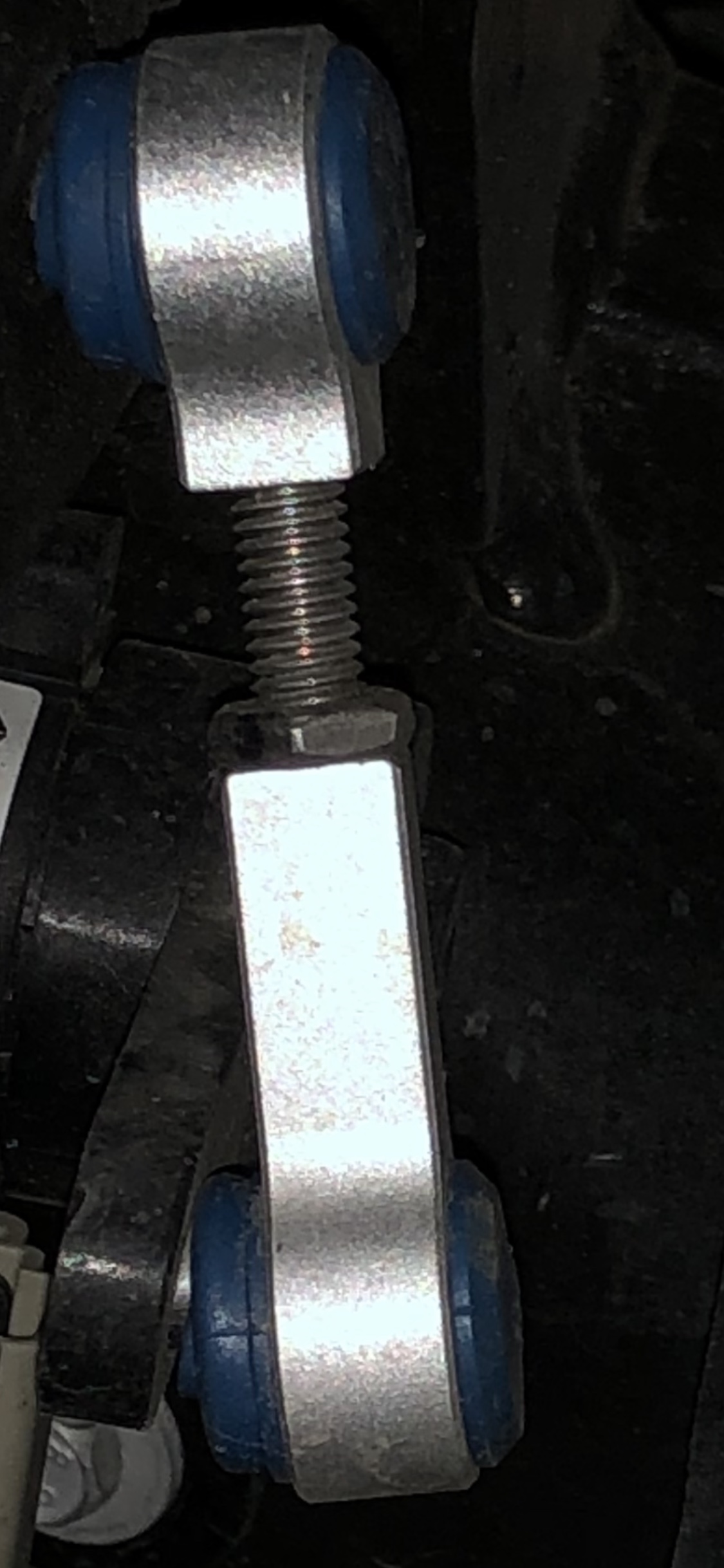
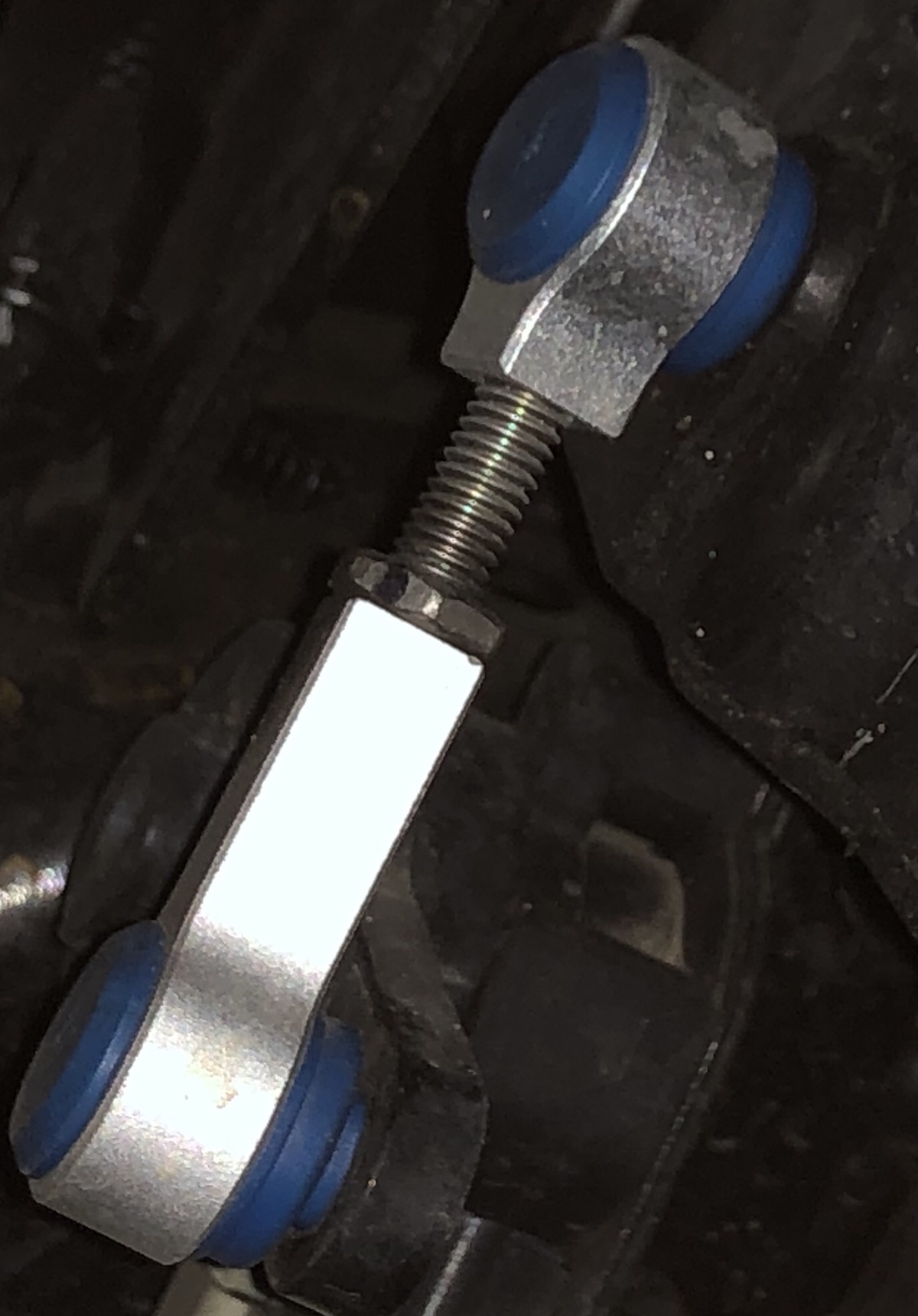
These are the front spacers
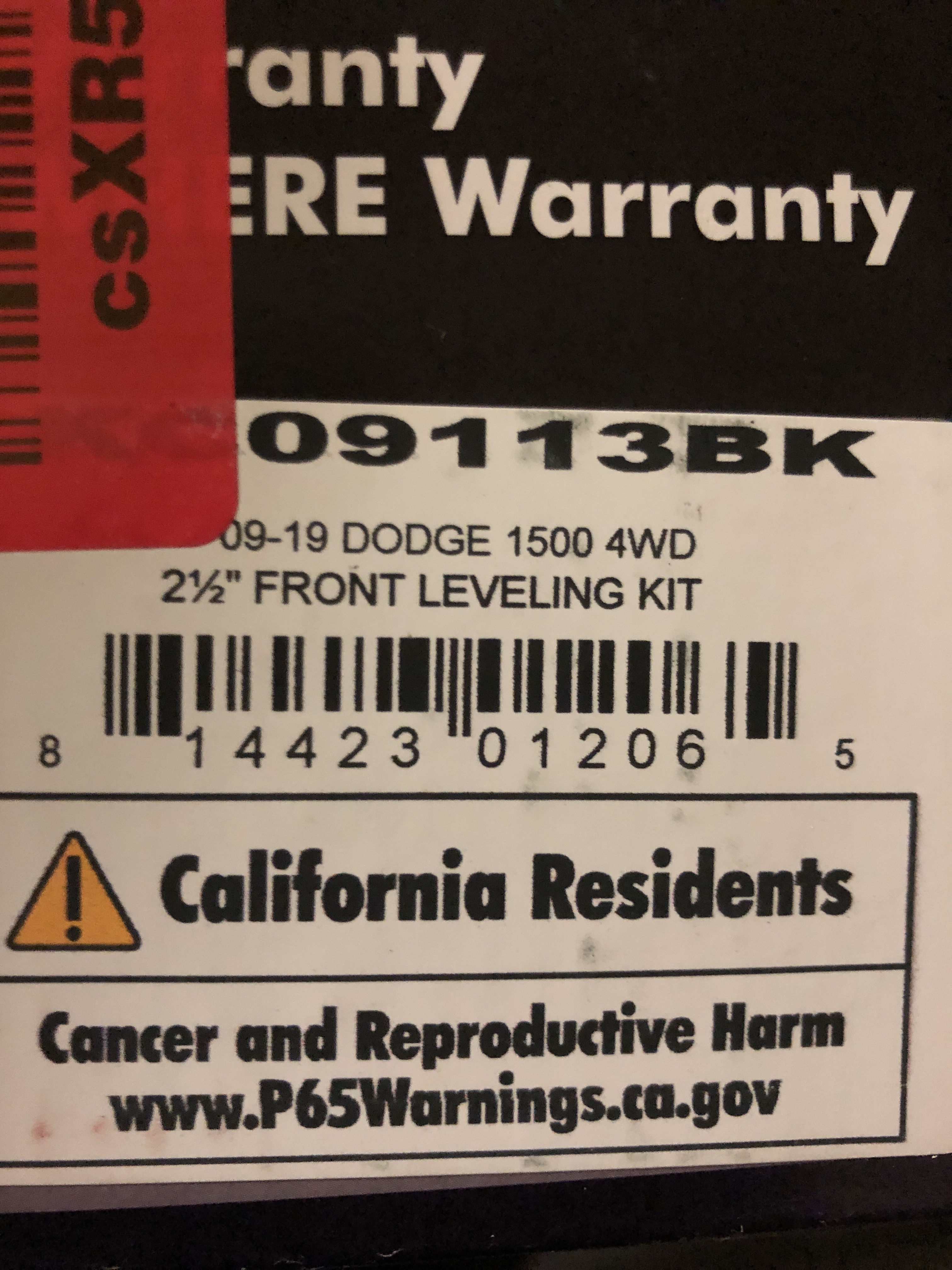
Hands down the best mod, along with the tires
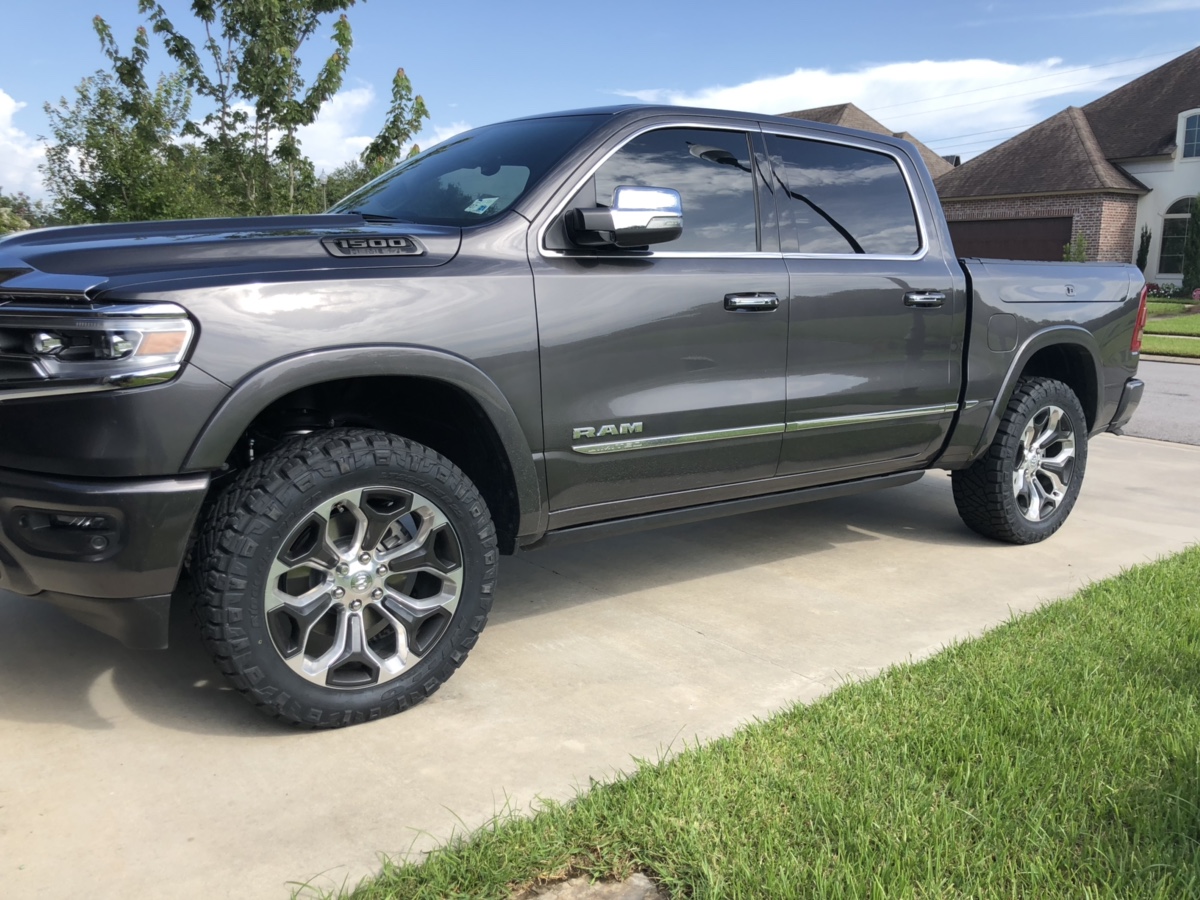
Sent from my iPhone using Tapatalk
It was mostly trial and error.. sorry didn't have a ruler to measure, but these are the front right and left links, around 11-12 ridges visible on each


These are the front spacers

Hands down the best mod, along with the tires

Sent from my iPhone using Tapatalk
Stickerhead
Active Member
- Joined
- Aug 11, 2019
- Messages
- 93
- Reaction score
- 53
- Points
- 18
- Age
- 66
So nothing was done to the rear?
Sent from my iPhone using Tapatalk
Sent from my iPhone using Tapatalk
So nothing was done to the rear?
Sent from my iPhone using Tapatalk
Correct
Sent from my iPhone using Tapatalk
Stickerhead
Active Member
- Joined
- Aug 11, 2019
- Messages
- 93
- Reaction score
- 53
- Points
- 18
- Age
- 66
Last question. I watched the video how to install the spacers. It said you can disconnect the bags 5 times without recharging. Does that mean if you do all four corners, that counts as 4? Or fronts, 2?
Sent from my iPhone using Tapatalk
Sent from my iPhone using Tapatalk
Users who are viewing this thread
Total: 1 (members: 0, guests: 1)
Members online
Total: 1,301 (members: 10, guests: 1,291)


